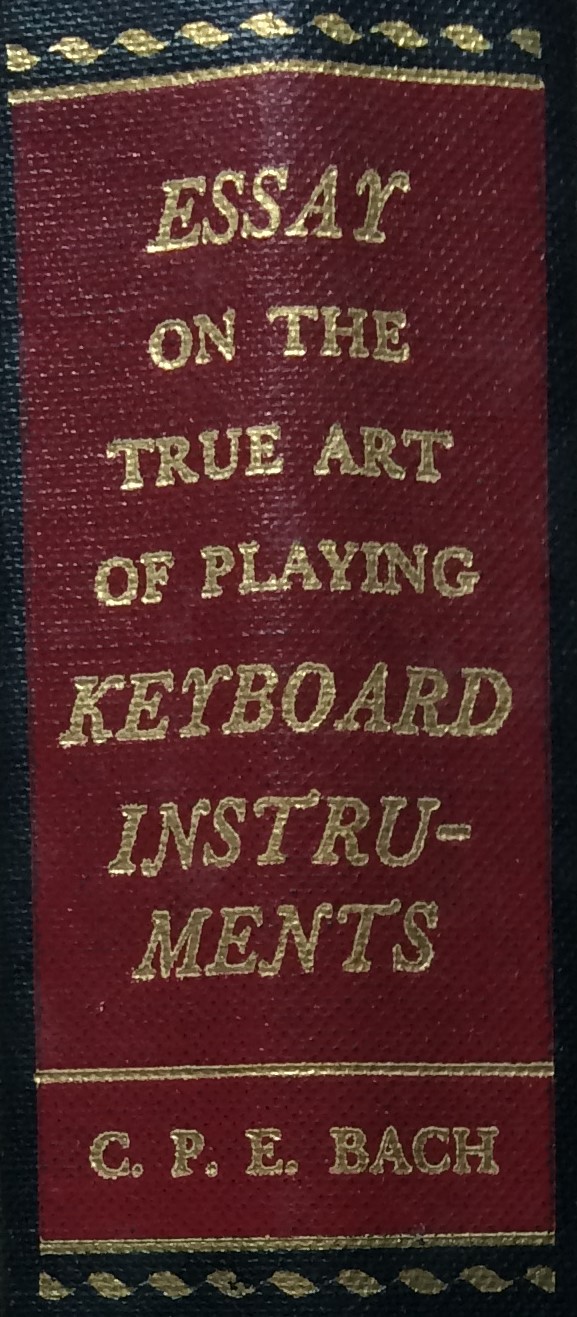 Sam suspects that he teaches students of most ages. He's not sure: he wasn't impolite enough to ask the age of his oldest student; and his youngest student proclaimed at the time of this writing that she is four-and-a-half, an age she achieved swiftly after her birthday last week. His students have various levels of experience and range from absolute beginners to people with significant technical ability and musical knowledge.
Sam provides solid technical instruction from the first lesson, with an emphasis on a practical use of the body, the appropriate touch of the keyboard, and accurate reading of the musical score. For students with previous training, Sam diagnoses issues that prevent progress, and works with the student to permanently increase technical and musical ability.
Sam suspects that he teaches students of most ages. He's not sure: he wasn't impolite enough to ask the age of his oldest student; and his youngest student proclaimed at the time of this writing that she is four-and-a-half, an age she achieved swiftly after her birthday last week. His students have various levels of experience and range from absolute beginners to people with significant technical ability and musical knowledge.
Sam provides solid technical instruction from the first lesson, with an emphasis on a practical use of the body, the appropriate touch of the keyboard, and accurate reading of the musical score. For students with previous training, Sam diagnoses issues that prevent progress, and works with the student to permanently increase technical and musical ability.
 In the words of Samuel Johnson, "Every art is best taught by example." The piano teacher has a responsibility to be able to play the literature he teaches. If he cannot demonstrate a passage, then how can a student be confident that his advice will lead to mastery? Demonstration is a necessary part of piano pedagogy, and students succeed in proportion to the teacher's own success in mastering the piano. Mindful of this relationship, Sam works continuously to increase his technical command of the piano, and his understanding as a musician.
In the words of Samuel Johnson, "Every art is best taught by example." The piano teacher has a responsibility to be able to play the literature he teaches. If he cannot demonstrate a passage, then how can a student be confident that his advice will lead to mastery? Demonstration is a necessary part of piano pedagogy, and students succeed in proportion to the teacher's own success in mastering the piano. Mindful of this relationship, Sam works continuously to increase his technical command of the piano, and his understanding as a musician.
 But the teacher's task is not limited to demonstration. He must also select music of a difficulty appropriate to the level and ambitions of the student. If the music chosen is too difficult, the student will despair; if it is too easy, the student will become bored. Sam is keenly interested, therefore, in works written specifically for learners. There are many: Béla Bartók wrote the Mikrokosmos, Leopold Mozart the Musicbook for Wolfgang, Robert Schumann 43 Piano Pieces for the Youth, and others. Sam is sometimes compelled to write original music for his students in order to address a unique difficulty.
But the teacher's task is not limited to demonstration. He must also select music of a difficulty appropriate to the level and ambitions of the student. If the music chosen is too difficult, the student will despair; if it is too easy, the student will become bored. Sam is keenly interested, therefore, in works written specifically for learners. There are many: Béla Bartók wrote the Mikrokosmos, Leopold Mozart the Musicbook for Wolfgang, Robert Schumann 43 Piano Pieces for the Youth, and others. Sam is sometimes compelled to write original music for his students in order to address a unique difficulty.
 The piano may not be the easiest instrument to play, but it's not the hardest either. When you press a key, sound comes out; the sound decays over time; and when you release the key, the sound stops. The harder you press the key, the louder the initial sound is. All the pianist has to do, then, is to press the correct keys with the appropriate amount of force at the correct times, and to release the keys at the correct times. But when there are over 29,000 notes written for a pianist in a piece, as there are in Rachmaninoff's Third Piano Concerto, the sheer number of notes makes the task seem impossibly hard. The labor is reduced by learning to understand the music in units larger than the note. The study of counterpoint, of harmony, and of musical structure illuminates the music. The study of music history ties the sounds to events, to people, and to cultures, helping us to understand meanings not inherent in the sounds. Sam uses all these tools to help his students learn.
The piano may not be the easiest instrument to play, but it's not the hardest either. When you press a key, sound comes out; the sound decays over time; and when you release the key, the sound stops. The harder you press the key, the louder the initial sound is. All the pianist has to do, then, is to press the correct keys with the appropriate amount of force at the correct times, and to release the keys at the correct times. But when there are over 29,000 notes written for a pianist in a piece, as there are in Rachmaninoff's Third Piano Concerto, the sheer number of notes makes the task seem impossibly hard. The labor is reduced by learning to understand the music in units larger than the note. The study of counterpoint, of harmony, and of musical structure illuminates the music. The study of music history ties the sounds to events, to people, and to cultures, helping us to understand meanings not inherent in the sounds. Sam uses all these tools to help his students learn.

Copyright 2024 Sam Partyka